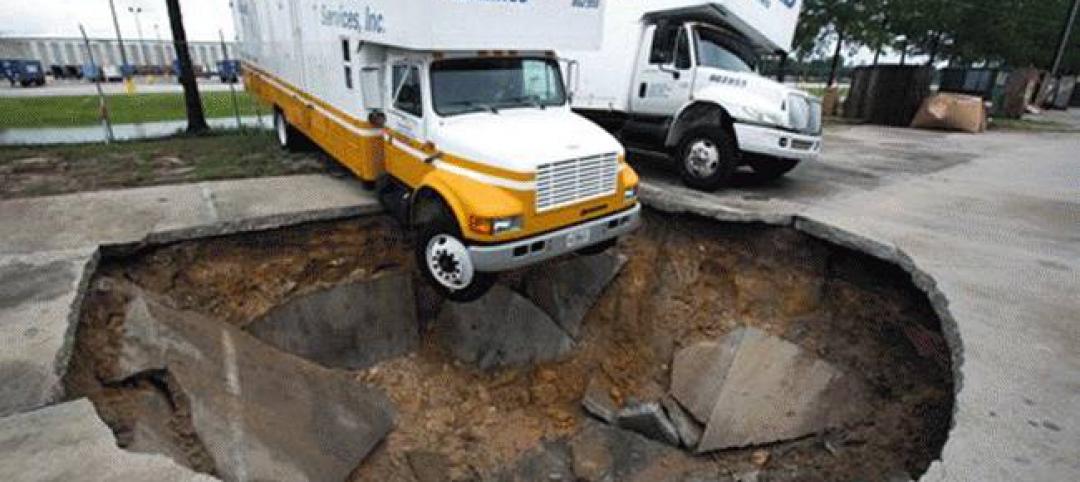The way viruses spread from human to human is being reevaluated by scientists and that may have an impact on future ventilation standards.
At the outset of the Covid-19 outbreak, the prevailing belief was that the virus was spread via droplets that quickly dropped out of the air. As researchers studied the virus, however, they realized that it was likely spread via aerosols—smaller, lighter particles that travel further than six feet and can linger in the air in poorly ventilated spaces.
Colds and flu have been thought to be primarily spread via droplets, as well, as they hold more viruses than aerosols. But studies have found that a smaller amount of influenza virus is needed to infect people when inhaled as aerosols rather than sprayed up the nose as saliva droplets.
If this view is correct, improved ventilation could greatly reduce transmission of colds and flu viruses as well as Covid. For this reason, some believe new minimum ventilation standards in buildings should be enacted especially when one considers some 12,000 to 61,000 people annually succumb to the flu.
Related Stories
| Aug 28, 2013
Building collapse prompts legislation to beef up demolition regulations in Philadelphia
Philadelphia City Council will introduce legislation next month to strengthen the regulation of building demolition practices.
| Aug 28, 2013
Rules requiring contractors to boost hiring of veterans criticized
Some businesses are pushing back against proposed rules requiring federal contractors to step up their hiring of returning military service personnel.
| Aug 28, 2013
OSHA moves to reduced exposure to crystalline silica
Under a proposal from the Occupational Safety and Health Administration, the new permissible exposure limit to crystalline silica per cubic meter of air could be changed from 250 micrograms to 50 micrograms.
| Aug 28, 2013
IPMSC chooses members of committee for global property measurement standard
The International Property Measurement Standards Coalition (IPMSC) has selected 19 real estate experts from around the world to join its Standards Setting Committee to develop a global standard for measuring property.
| Aug 20, 2013
Code amendment in Dallas would limit building exterior reflectivity
The Dallas City Council is expected to vote soon on a proposed code amendment that would limit a building’s exterior reflectivity of “visible light” to 15%.
| Aug 20, 2013
Developers of Hollywood skyscraper will dig to see if earthquake fault is on site
New York-based Millennium Partners have agreed to dig a trench on a Hollywood, Calif., property to help determine whether an earthquake fault runs under it.
| Aug 20, 2013
Chinese-made resilient flooring products achieve FloorScore Indoor Air Quality certification
Five of China's leading manufacturers of resilient flooring recently received FloorScore Indoor Air Quality certification from SCS Global Services for their luxury vinyl tile (LVT) products.
| Aug 20, 2013
Florida to get $1 million federal grant to study sinkhole vulnerability
The Florida Geological Survey and the state’s emergency department will receive a $1.08 million federal grant to study sinkhole vulnerability.
| Aug 20, 2013
L.A. City Council approves plan for new $1 billion Watts development
Los Angeles city officials have voted to revitalize a notorious Watts housing project with shops, town homes, and green spaces.
| Aug 19, 2013
Baltimore City Council committee OKs taxpayer assistance for $1.8 billion Harbor Point mixed-use project
A Baltimore City Council committee approved a plan to give millions in taxpayer assistance to the $1.8 billion Harbor Point development.












